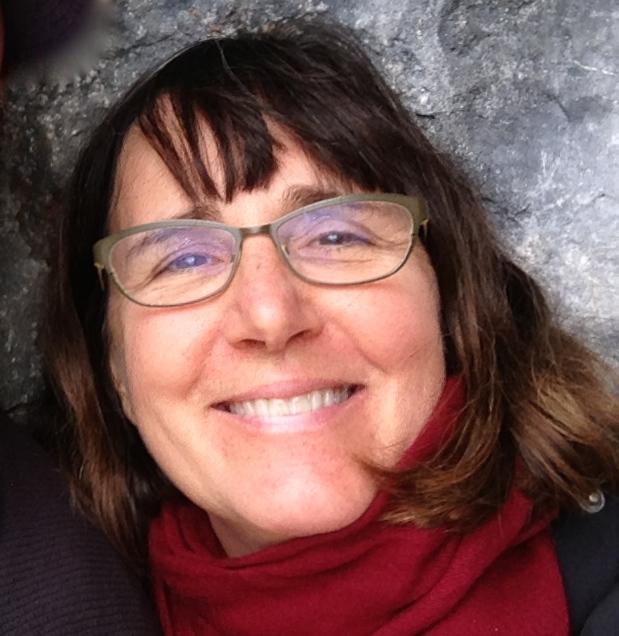PROVIDENCE, R.I. [Brown University] — Rebecca Schneider, a professor of modern culture and media at Brown University, has been awarded a fellowship from the John Simon Guggenheim Memorial Foundation, the organization announced this month.
Schneider is among 184 new Guggenheim fellows chosen from a field of nearly 3,000 applicants who proposed a wide variety of scholarly and creative projects. Among the 2021 recipients are artists, writers, scholars and scientists who show “exceptional promise” and have already made significant achievements, according to the Guggenheim Foundation. Past fellows have included Nobel laureates, Fields medalists, poet laureates, Pulitzer Prize winners and more.
The fellowship will fund research for Schneider’s new book, tentatively titled “Shoaling in the Sea as History: Littoral Dance in the Wake of Slavery’s Capitalism.” Through the study of the history of Native American displacement and the trans-Atlantic slave trade, Black feminist thought, dance and poetry, and through in-person visits to historically significant coastal sites, Schneider will explore how performance is linked to the currents of oceanic history.
Schneider, whose past research has explored the problems and promises of Civil War and other historical re-enactments and performers who use their own bodies as the stage, said she believes her research has become all the more urgent in the wake of recent anti-Black violence in the U.S. — violence, she emphasized, that is longstanding and foundational to the country. As the U.S. continues to grapple with its legacy of slavery, critically examining which Americans are and are not commemorated in land-based cemeteries and monuments, Schneider said it may be key to consider possible connections between the immense numbers of Africans who drowned in the Middle Passage and the “oceanic” way that dance moves, changes, rages and flows.
“I was drawn to Caribbean poet Derek Walcott’s 1978 poem ‘The Sea Is History,’” she said. “He writes, ‘Where are your monuments, your battles, martyrs? / Where is your Tribal memory? Sirs, / in that gray vault. The Sea. The sea / has locked them up. The sea is history.’ Many in the African diaspora have paid homage to that huge loss and other losses through writing and choreography.”
For instance, in her 2016 book “In the Wake: On Blackness and Being,” Christina Sharpe invokes the movements of enslaved bodies as they drifted in limbo or fell slowly through the depths. And in Isaac Julien’s 2010 video “The Leopard,” which explores African refugees’ boat journeys to Europe in search of better lives, a dancer performs the movements of falling through water with haunting, lyrical precision.
To understand how the ocean reappears in contemporary dance, Schneider will research dance traditions such as the Caribbean Limbo and the Barbadian Landship and explore the folklore of the Gullah-Geechee communities in the coastal Southeast. A skilled sailor, Schneider will also take to the sea herself. She will sail from Rhode Island to the Caribbean, approaching important and overlooked sites of the slave trade by boat and mooring at watery historical sites along the Eastern seaboard, such as the shoals upon which a mutinied slave ship foundered in 1803 at Igbo Landing on Georgia’s Outer Banks.
“As a white scholar, I have inherited sedimented settler-colonial habits of knowing,” Schneider said. “My ancestors were involved in the early capitalism that was slavery. They sailed into Massachusetts and the Chesapeake in the 17th and 18th centuries and eventually pressed into what became Missouri and Kansas and California. White people live in the wake of our ancestors’ actions. I’m interested in what might be enabled by going to the sea and treating it both as living memory and as historical archive. I’m going to try and go there and unlearn.”